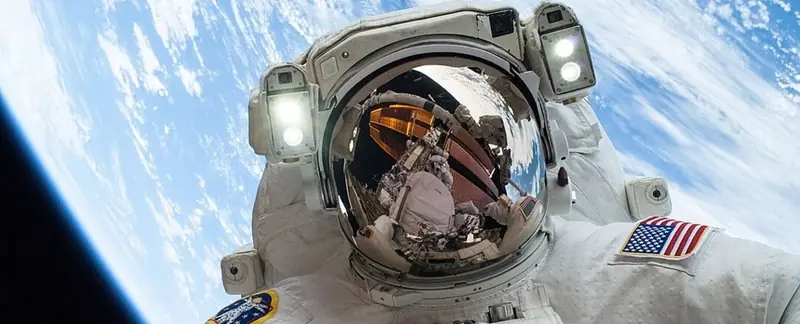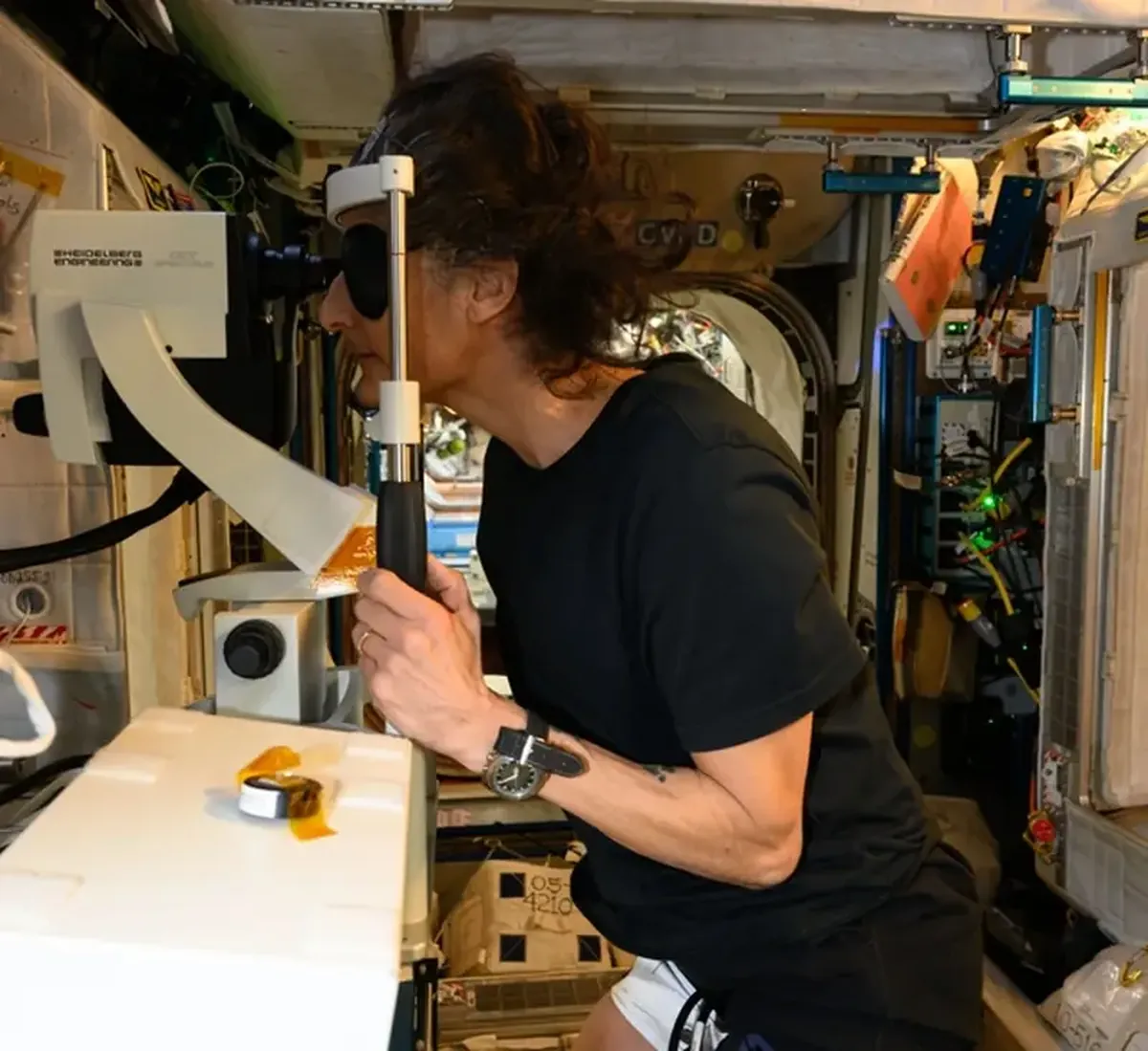
Currently, NASA scientists are closely studying a phenomenon that affects about 70 percent of astronauts who have participated in long-duration space missions.
How Does Weightlessness Affect the Vision of Space Explorers?
Dr. Sarah Johnson first noticed her vision deteriorating during her six-month stay aboard the International Space Station (ISS). She realized that text that was once easy to read suddenly became blurry.
However, Johnson is not alone in this experience. Other astronauts frequently report difficulties with reading, reduced ability to see distant objects, and more. Vision changes can persist for many years after returning to Earth, or they may never fully resolve.
This condition is now known as Spaceflight Associated Neuro-ocular Syndrome (SANS). It is one of the most serious health issues facing participants in long-term space missions. Unlike motion sickness or muscle weakness, which quickly subside upon returning to Earth, vision problems can even be irreversible.
Clearly, microgravity is the culprit. On Earth, gravity constantly pulls the fluids in our bodies downward. In space, these fluids redistribute, causing facial swelling and increased intracranial pressure, as reported by Science Alert.

The high pressure leads to flattening of the back wall of the eyeball and swelling of the optic nerve. This is something that organizers and participants of future Mars missions, which may last two to three years, need to consider.
“We need to understand whether these changes stabilize or worsen over time. A serious deterioration in an astronaut’s vision could jeopardize the entire Mars mission,” noted Dr. Michael Roberts, head of NASA’s vision research.
Roberts and his team are developing countermeasures for neuro-ocular syndrome. These include specialized contact lenses, medications to reduce fluid pressure, and exercise protocols to help astronauts maintain normal blood circulation.
The team is also testing a device called the “Intracranial Pressure Camera for Individuals with Vision Impairments” (VIIP), which can create pressure conditions for the eyes similar to those on Earth.
Research on this serious topic is also beneficial for those who remain on Earth. Scientists are gaining new insights into the effects of pressure on vision, which could potentially aid in treating conditions such as glaucoma and intracranial hypertension.
Understanding how our bodies adapt to space is extremely important. As humans continue to push the boundaries of their capabilities during long-duration space flights, they unfortunately face an increasing number of challenges. NASA and the ISS are actively seeking ways to address these issues. And when astronauts finally embark on a crewed mission to Mars, we will see what humanity has achieved.
